Reflections on Mindset & Meaning
TL;DR — Mindset in a Few Notes
- Mindset is the frame we use to interpret life — it shapes how we meet challenge and possibility.
- We often shift between growth (“I can learn”) and fixed (“I can’t change”) thinking. Awareness matters more than labels.
- Five useful lenses: First Principles, Inversion, Circle of Competence, Second-Order Thinking, Pareto Observation.
- Reflection practices include journaling, mindful pauses, gentle intentions, and asking trusted people for feedback.
- Stories from people like Sara Blakely, Kobe Bryant, and Angela Duckworth remind us that inner framing shapes outer choices.
- “Success” here means steadiness and clarity, not perfection or pressure.
Success is often described in outcomes and milestones. Beneath that, there’s something quieter and more durable: how we think, how we respond, and how we frame what’s in front of us. This page is not a formula. It’s a study in noticing — how stories, lenses, and small practices can shape steadiness and meaning over time.
- Reflections on Mindset & Meaning
- TL;DR — Mindset in a Few Notes
- What Do We Mean by “Mindset”?
- Growth and Fixed Thinking
- Everyday examples
- Five Ways of Thinking Worth Noticing
- 1) First Principles Thinking
- 2) Inversion
- 3) Circle of Competence
- 4) Second-Order Thinking
- 5) Pareto Observation (80/20)
- Mindset in Creativity
- Mindset in Recovery and Change
- Reflective Practices (Small, Consistent, Human)
- Journaling Prompts
- Gentle Intentions (instead of rigid goals)
- Mindful Pauses
- Imaginative Rehearsal
- Trusted Feedback
- Stories That Illustrate Patterns
- Common Sticking Points (and Kinder Reframes)
- A Note on Language: “Success” vs “Steadiness”
- Questions for Your Own Reflection
- Integrating with the Creator Journey (Lightly)
- Closing Reflection
- More like this
What Do We Mean by “Mindset”?
Mindset is simply a frame. It’s the inner story that interprets challenge, possibility, and our role in both. It isn’t about forcing positivity or “powering through.” It’s about becoming aware of patterns:
- the thoughts that arise,
- the stories we repeat,
- and the choices those patterns open (or close).
Think of mindset as a practice of noticing. The point isn’t to win an inner argument, but to see more clearly.
Growth and Fixed Thinking
A helpful lens contrasts growth and fixed ways of thinking.
- Growth thinking says: I may not know this yet, but I can learn.
- Fixed thinking says: This is just how I am; it can’t change.
Neither label defines a person — they describe moments. We shift between them. The value is awareness: Where am I tending today? What would a small shift look like?
Everyday examples
- A creative draft isn’t working.
- Fixed: I’m not talented.
- Growth: This version isn’t working yet; what can I try next?
- A relationship hits friction.
- Fixed: We always fight; nothing changes.
- Growth: This is hard; what’s the pattern we keep repeating?
Awareness gently widens our choices.
Five Ways of Thinking Worth Noticing
These aren’t rules or hacks. They’re lenses that invite reflection.
1) First Principles Thinking
Peel back assumptions. Start with what’s certain.
Questions: What do I really know for sure? What am I assuming? What simple facts remain if I strip everything else away?
Everyday use: Feeling overwhelmed? List the few non-negotiables today. Decide from there.
2) Inversion
Think in reverse: reduce error by avoiding obvious pitfalls.
Questions: What would make this worse? What do I want to avoid?
Everyday use: Want more focus? Instead of adding routines, first remove the few things that reliably derail you.
3) Circle of Competence
Know your edges — where you’re steady and where you’re guessing.
Questions: Where do I feel grounded? Where do I need help?
Everyday use: Pair your strengths with someone else’s strengths; ask for guidance sooner.
4) Second-Order Thinking
Consider ripple effects beyond the immediate outcome.
Questions: If I choose this, what happens next… and then what?
Everyday use: A “quick win” that drains energy tomorrow may not be a win.
5) Pareto Observation (80/20)
A small share of actions creates a large share of outcomes.
Questions: Which few efforts truly matter here? What can I let be?
Everyday use: Protect a short daily window for the one thing that moves life meaningfully.
These lenses don’t demand perfection; they invite clarity. Use what helps and set the rest down.
Mindset in Creativity
Creative work oscillates between openness (explore) and definition (choose). We often get stuck when we try to do both at once.
- Explore: gather, play, draft badly on purpose.
- Define: select, trim, refine, ship when it’s “good enough.”
A gentle rhythm helps: open → choose → rest. If you’re blocked, ask: Am I trying to choose while I’m supposed to be exploring?
Reflection prompts
- Where do I over-edit too early?
- What “bad first draft” could I allow today?
- What’s the smallest “done” I can accept this week?
Mindset in Recovery and Change
When energy is limited, mindset becomes kindness plus boundaries.
- Replace “grind” with tiny, repeatable motion.
- Measure by honesty, not volume.
- Celebrate returning to the thread, even after gaps.
Reflection prompts
- What’s a humane minimum that still feels alive?
- What drains me predictably — can I remove one friction?
- Where can I say “not now” with care?
Reflective Practices (Small, Consistent, Human)
Journaling Prompts
- What surprised me today? How did I respond?
- Where did I act from fear? From care?
- What did I set down that didn’t need carrying?
Gentle Intentions (instead of rigid goals)
One small focus for the week. Write it somewhere visible. Revisit without judgment.
Mindful Pauses
One breath before replying. One walk without the phone. One cup of coffee with nothing else.
Imaginative Rehearsal
Picture yourself meeting a near-term challenge with calm steadiness. Let the body feel it for a few seconds.
Trusted Feedback
Ask someone close: What’s one strength I overlook? What’s one thing I could try differently? Receive. No defense.
Stories That Illustrate Patterns
These aren’t blueprints; they’re observations about inner framing.
- Sara Blakely — reframing failure.
- Kobe Bryant — devotion to process.
- Angela Duckworth — steady effort over time.
- First Principles in daily life.
Treating “no” as data, she turned rejection into iteration. The lesson isn’t heroism; it’s permission to learn out loud.
He separated identity from today’s performance, returning to practice with curiosity. Repeat with care became its own momentum.
“Grit” research suggests persistence compounds. The takeaway isn’t to push harder; it’s to choose what’s worth persisting in.
You don’t need rockets to use it. When a week feels impossible, list three truths and the next kind action.
Common Sticking Points (and Kinder Reframes)
- All-or-nothing thinking → Something small is still something.
- Comparisons → Borrow inspiration, not identity.
- Perfectionism → Make it clear, then make it better.
- Urgency spirals → If everything is urgent, nothing is.
- Self-talk as attack → Could I say this to a friend?
A Note on Language: “Success” vs “Steadiness”
“Success” can become a moving target. Steadiness is different: showing up as you are, in the life you actually have, with care. If success happens, let it be a by-product of presence, not the point.
Questions for Your Own Reflection
Use any that resonate; skip the rest.
- What story am I telling about this challenge? Is there another honest story?
- Which lens (first principles, inversion, second-order) might help today?
- What’s one small action that honors my energy and still moves me?
- Where am I seeking certainty when a small experiment would do?
- What can I kindly set down this week?
- Who could reflect back one strength I’m not seeing?
- If this were easy but not perfect, what would it look like?
- What’s the smallest definition of “done” that would feel real?
Integrating with the Creator Journey (Lightly)
If you make things — words, audio, relationships, teams — mindset shows up at each stage:
- Voice: try small, honest pieces.
- Practice: keep a humane cadence.
- Community: prefer conversation to performance.
- Sharing: publish at your own pace. No rush.
This isn’t a roadmap; it’s a reminder that inner framing supports outer craft.
Closing Reflection
Mindset is not a switch. It’s a dialogue over time — noticing patterns, re-framing stories, and choosing small actions that are kind and real. Keep what helps. Let the rest pass.
More like this

What top thinkers do differently—short, candid interviews that spark better questions and practical next steps.
26 min

